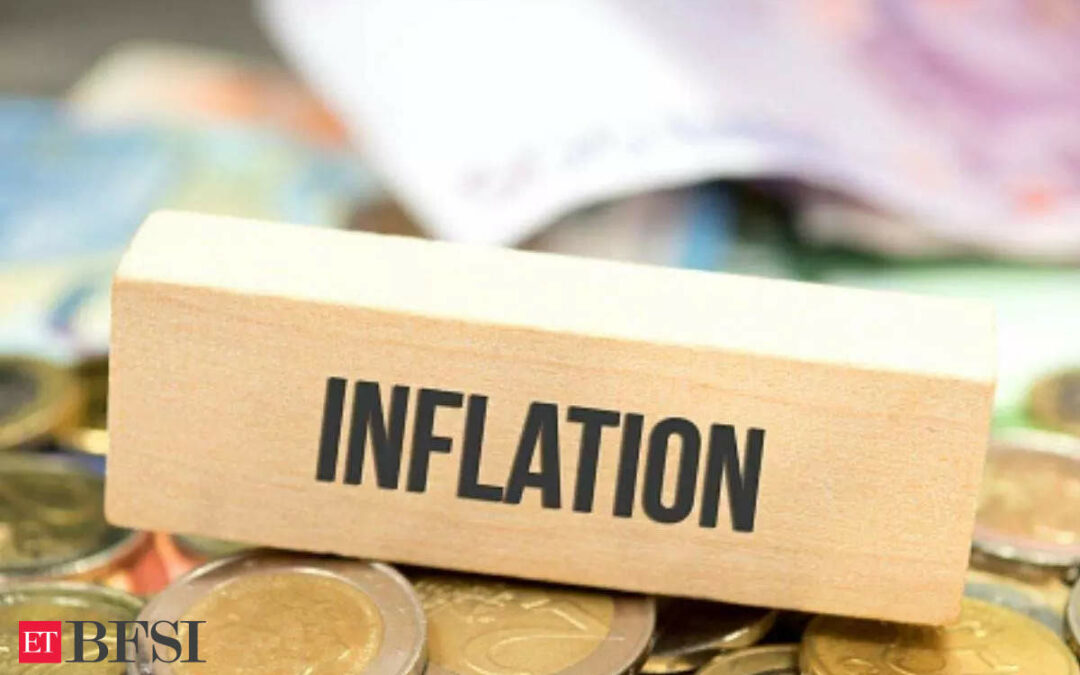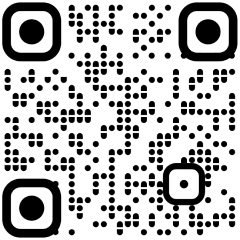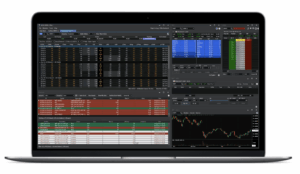India’s central bank today left its inflation forecast for this fiscal year unchanged at 5.4%, despite uneven monsoon showers and as outlook on food prices remain on edge amid a spike in global crude oil prices.
The Reserve Bank of India’s (RBI) Monetary Policy Committee unanimously decided to keep the repo rate- key lending rate- unchanged at 6.5 per cent for the fourth time in a row. The rate-setting panel also left the policy stance unchanged with focus on withdrawal of accommodation.
The central bank now sees inflation for Q2, Q3 and Q4 at 6.4%, 5.6% and 5.2%, respectively. In August policy, the central bank had forecast Q2 inflation at 6.2%, Q3 at 5.7% and Q4 at 5.2% The RBI had then pegged the inflation rate for the first quarter of the next fiscal year at 5.2%.
Overall inflation outlook is clouded by uncertainties by fall in khariff sowing, lower reserve oil levels and volatile global food and energy prices, RBI Governor and MPC Chair Shaktikanta Das said while announcing the policy decisions. Inflation trajectory will be shaped by El Nino and global food and energy prices, he added.
For the last fiscal year, inflation was pegged at 6.5%.
The RBI is determined to bring down inflation to 4% and will remain watchful of risks as more frequent global supply shocks can have profound implications on the management of the price situation, Das had said earlier last month.
Policymakers had also said the key to rein in the inflation rate to control food prices and domestic supplies must go up.
New Delhi has recently restricted exports of rice and sugar and imposed steep taxes on onion shipments to ensure domestic supplies.
However, the global economy’s efforts to counter high inflation also met with the challenge of high crude oil prices. Only this week, the global benchmark Brent crude fell below $85 per barrel for the first time since late August, after a strong rally that had taken the US benchmark beyond $95 a barrel near the end of September.
India’s retail inflation had eased to 6.8% in August from a 15-month high of 7.4% in July. The 60 bps softening in inflation came from a negative momentum of around 10 bps which was supported by a favourable base effect of about 50 bps.
However, it remained above the RBI’s inflation target range of 2-6% for the second straight month.
Core inflation eased by 140 bps from recent peak in January 2023, Das said today.
Inflation data for September is due later this month.
Declining core inflation is silver lining, Das said, adding that headline inflation is easing but rule above the target in major economies.
Das, who had last year said, the central bank will keep ‘Arjuna’s eyes’ on price pressure to bring the inflation print back within the tolerance ceiling of 6% and then to the 4% target, said in August that the policymakers will have to stand in readiness to go beyond keeping an Arjuna’s eye to deploying policy instruments, if necessary.
The country’s retail inflation was closest to the 4%-mark last in January 2021 at 4.06%. Consumer prices in India had surged to an eight-year high of 7.80% in April 2022.
India’s June-September monsoon season had ended with India receiving “near normal” cumulative rainfall as positive factors countered the effect of El Nino conditions. India’s federal weather office had predicted a ‘normal’ monsoon this year, which is key for the country’s crop production and to keep food prices in check.
In the August policy, the RBI had raised its FY24 inflation forecast to 5.4% from 5.1%.
Key multilateral banks such as the World Bank and rating agency S&P are also cautious about India’s inflation trajectory. Earlier this week, the World Bank kept India’s growth forecast unchanged at 6.3% for FY24, while sharply revising its inflation projection to 5.9% from 5.2%.
“Abnormal rainfall during the monsoon months caused a sharp increase in food prices in July 2023. Though eased in August, it is expected to continue to weigh on headline inflation through the rest of the fiscal year,” the World Bank said.









